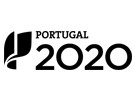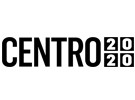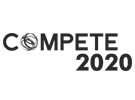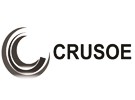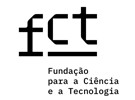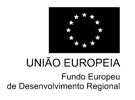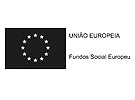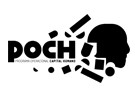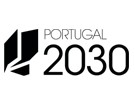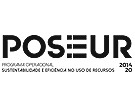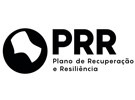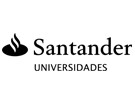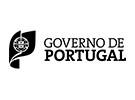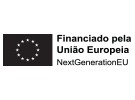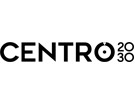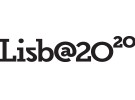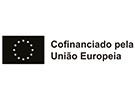



Publication in the Diário da República: Despacho nº 9182/2020 - 25/09/2020
3 ECTS; 2º Ano, 2º Semestre, 30,0 TP + 2,0 O , Cód. 964447.
Lecturer
- Ana Isabel e Sousa do Carmo (1)(2)
(1) Docente Responsável
(2) Docente que lecciona
Prerequisites
Not applicable.
Objectives
1. Understand key concepts of digital artwork
2. Choose suitable software and file formats for the project
3. Manage font files and review texts for printing
4. Optimize software and files for color accuracy
5. Prepare images for print
6. Check and correct files for print production
7. Ensure digital files, from a graphic design project, are ready for optimal reproduction
Program
1. Introduction to artwork
1.1 Graphic production workflow
1.2 Desktop publishing software and its suitability for the type of work
1.3 File formats and their suitability for the type of job
1.4 Basic file configurations: dimensions, cut marks, fold marks, bleed, and slug.
2. Preparing text for printing
2.1 Types of font files
2.2 Managing font files
2.3 Proofreading and checking text
3. Colour reproduction
3.1 Colour composition
3.2 Transparencies, trapping, and overprint
3.3 Colour management
3.4 Software color settings
3.5 Creating and using ICC profiles
4. Preparing images for printing
4.1 Suitable image types and formats
4.2 Linked or embedded images
4.3 Appropriate resolution
4.4 Basic image adjustments
5. Using preview and pre-flight tools
5.1 Pre-flight and correcting files
5.2 PDF and PDF-X files
5.3 PDF specifications and presets
6. Open files and export PDF files
6.1 Communicating with the print provider
6.2 Technical specifications
Evaluation Methodology
During the Frequency Assessment period, the assessment of the course is continuous and the final classification is based on the following weighting: Attendance/Punctuality (5%)+ Class work and autonomous work (5%) + Practical exercises proposed in class (60%) + Project (30%)
This assessment also applies to Erasmus students.
The assessment of Student Workers is based on the following weighting: Autonomous work (10%) + Exercises (60%) + Project (30%)
Student Workers should contact the teacher during the first two weeks of classes to determine how they will be assessed.
Students whose weighted average is equal to or greater than 9.5 are exempt from the exam.
Students who have obtained a mark of 7.5 or more in the assessment period are admitted to the Examination.
At the time of the Exam, a theoretical-practical exercise (100 percent) is required.
In special periods, the same applies to assessments by exam.
The student obtains approval for the course under the provisions of points 11 and 12 of Article 11 of the IPT Academic Regulations.
Bibliography
- AMBROSE, G. (2010). The Visual Dictionary of Pre-Press & Production. London: AVA Publishing
- ESTRADA, S. (2010). A Graphic Design Project from Start to Finish. Barcelona: Indexbook
- GATTER, M. (2010). Production for Print. Londres: Laurence King Publishing
- HOMANN, J. (2009). Digital Color Management - Principles and Strategies for the Standardized Print Production. Berlin: Springer-Verlag
- MOREIRA, L. (2009). Arte-final Digital. Tomar: IPT
- McCUE, C. (2014). Real World Print Production with Adobe Creative Cloud. San José, California: Peachpit
- PEDROSA, S. (2019). Mucho diseñito, pero de arte final poquito. _: PreImpressiona.
- SANCHES, M. (2016). Previsibilidade na reprodução da cor : perfis de cor no fluxo do trabalho do designer gráfico [Tese de Doutoramento]. Lisboa: Faculdade de Arquitetura da Universidade de Lisboa
- SOPLON, L. e , . (2011). On Print: from the screen to paper and vice versa. Barcelona: Indexbook
Teaching Method
1. Classes using lecture and demonstration methods, with audiovisual support.
2. Active methodologies, focusing on problem-solving/exercises and project-based learning.
Software used in class
Microsoft Word
Adobe Illustrator
Adobe InDesign
Adobe Photoshop
Adobe Acrobat Pro.
